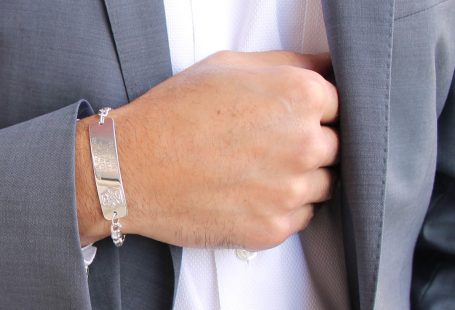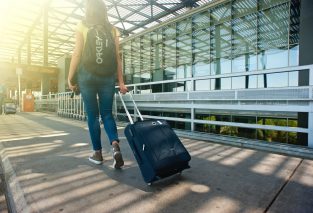As we approach hurricane season in parts of the United States and face the threat of the increasing frequency of weather-related emergencies, being prepared can mean the difference between life and death.
One often-overlooked aspect of emergency readiness is the importance of wearing a medical ID.
In this guide, we will discuss the key elements of emergency preparedness and highlight why wearing a medical ID is crucial during these events.
The Reality of Natural Disasters
Natural disasters such as hurricanes, tornadoes, wildfires, floods, and earthquakes can strike with little warning, leaving communities in chaos and individuals struggling to stay safe. The impact of these events is often severe, disrupting infrastructure, displacing families, and causing injuries or medical emergencies.
In such situations, it is essential to be well-prepared to ensure the safety and well-being of yourself and your loved ones.
Emergency Preparedness: A Comprehensive Approach
Effective emergency preparedness involves a comprehensive approach that encompasses several critical aspects:
Emergency Kit: every household should have an emergency kit that includes essential supplies such as non-perishable food, water, flashlights, batteries, a first aid kit, a multi-tool, and important documents.
Emergency Plan: create a family emergency plan that outlines evacuation routes, communication strategies, and designated meeting points. Ensure that everyone in the family is aware of the plan and knows what to do in case of an emergency.
Stay Informed: keep informed of weather forecasts and emergency alerts from local authorities. Having a battery-powered weather radio or a reliable smartphone app can provide real-time information during disasters.
Evacuation Planning: know the evacuation routes and shelters in your area. Be prepared to leave your home if authorities issue evacuation orders.
Medical Preparedness: if you or a family member has a medical condition, ensure that you have an adequate supply of necessary medications. Also, it is highly recommended to wear a medical ID to convey vital information to first responders in case of an emergency.
The Role of Medical IDs
Medical IDs are not just pieces of jewelry, but they are lifesaving tools that provide crucial information to healthcare providers and first responders. Here’s why wearing a medical ID is especially important during natural disasters:
Immediate Access to Medical Information: during an emergency, access to your medical history and vital information can be challenging. A medical ID, often worn as a bracelet or necklace, provides instant access to information like allergies, chronic conditions, medications, and emergency contacts. This information can guide medical professionals in promptly providing the right treatment.
Communication Challenges: disasters often disrupt communication networks, making it difficult to convey essential medical information verbally. A medical ID serves as a silent communicator, ensuring that first responders are aware of your medical needs even when you can’t speak for yourself.
Peace of Mind for Loved Ones: wearing a medical ID can alleviate anxiety for your loved ones. They will have the confidence that, in the chaos of an emergency, you are more likely to receive the appropriate care due to the information provided by the ID.
Identification in Unforeseen Circumstances: in the worst-case scenario, where you might become separated from your family or incapacitated, a medical ID can help authorities identify you and provide the necessary medical attention.
Allergies and Medication Alerts: for individuals with severe allergies or complex medication regimens, medical IDs can be a literal lifesaver. First responders can take immediate action to prevent adverse reactions or provide the necessary medications.
Choosing the Right Medical ID
When selecting a medical ID in preparation for emergencies, consider the following tips:
Accurate Information: ensure that the ID accurately reflects your medical condition, allergies, medications, and emergency contact details.
Comfort and Style: choose a design that you are comfortable wearing daily. There are various options available, from traditional bracelets and necklaces to more discreet styles like Apple Watch bands or keychains.
Durable Material: opt for a durable material that can withstand exposure to the elements, as you may be wearing the ID during outdoor activities or in harsh weather conditions.
Visible and Legible: the information on your medical ID should be easily readable.
In conclusion, emergency preparedness is a crucial aspect of safeguarding yourself and your loved ones during natural disasters and weather-related emergencies.
Part of this preparedness includes wearing a medical ID, which can provide essential medical information to first responders when it matters most.
By taking these precautions and being proactive in your emergency planning, you can significantly increase your chances of staying safe and receiving the appropriate care during challenging times.
Don’t underestimate the power of a small accessory medical ID that can make a big difference in an emergency!






